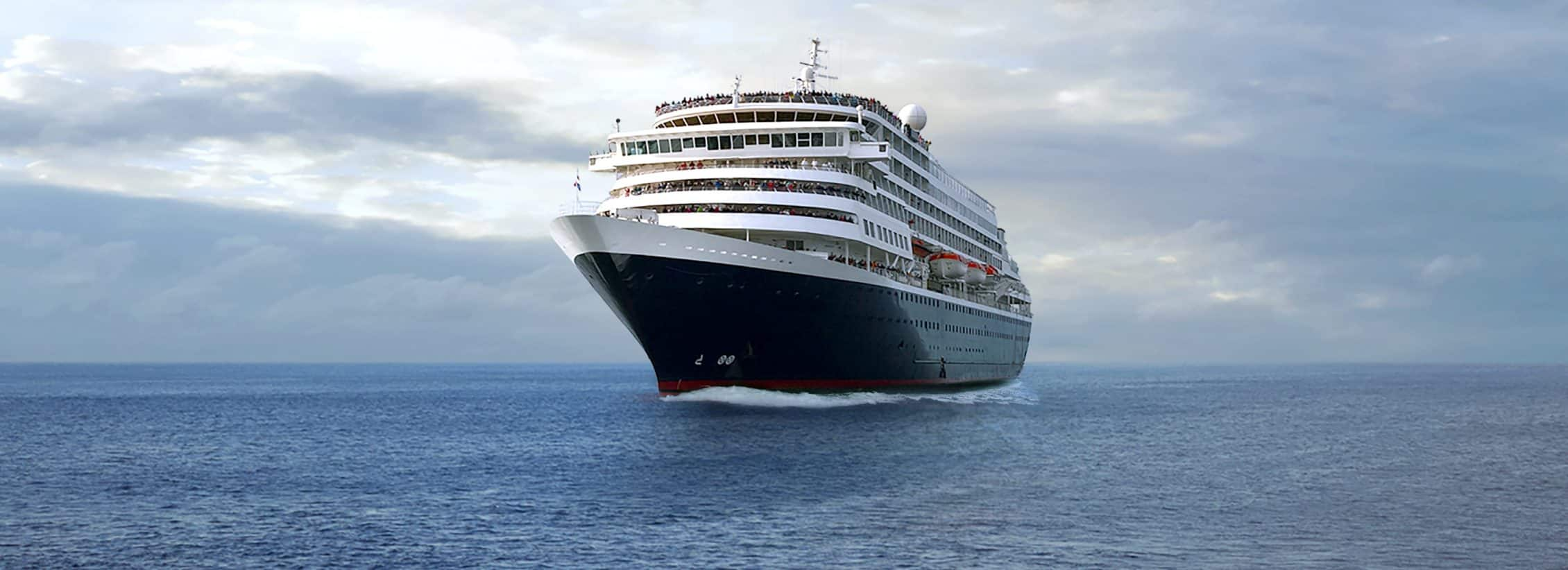Gatun Lake, a freshwater lake integral to the Panama Canal, offers visitors an unforgettable experience with Panama's lush landscapes and rich biodiversity. Surrounded by tropical rainforest, the lake teems with wildlife like tropical birds, monkeys, sloths, and crocodiles.

Gatun Lake, Panama
Featured Shore Excursions

Aerial Tram & Ecological Encounter

Authentic Embera Native Village

Parque Municipal Summit (Municipal Park) with Miraflores Locks

Panama Private Touring - Full Day (Van & Boat)

An Immersive Experience: Panama’s BEC & the Canal